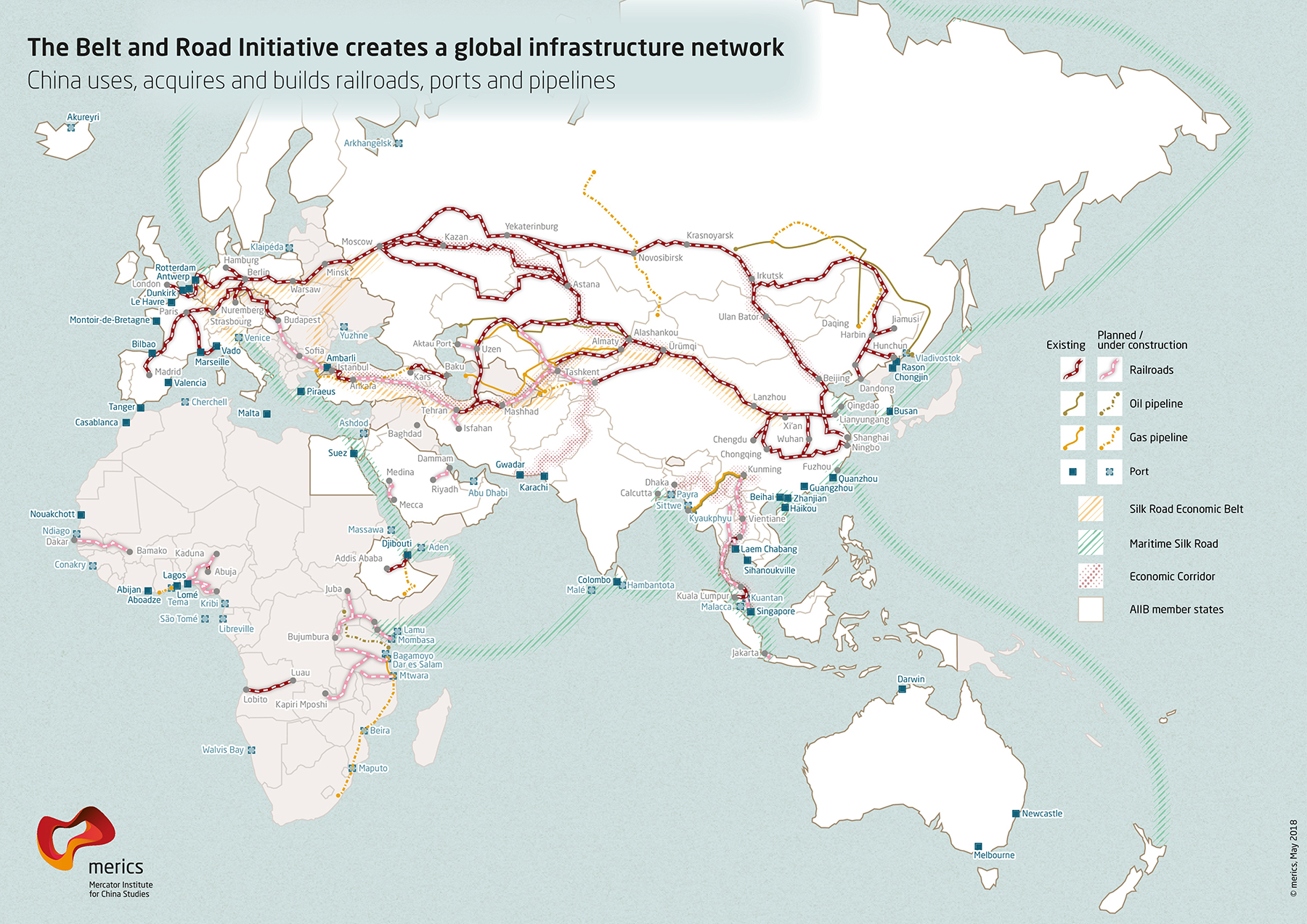China’s Belt and Road Initiative is facing stronger headwinds.
2013 China’s President Xi Jinping launched the Belt and Road Initiative (BRI). The plan aimed to boost global trade and influence through infrastructure projects.
Since then, more than 150 countries have joined, signing various agreements with China.
Trade between China and BRI countries grew 76% from 2013 to 2022. This rate surpassed China’s overall trade growth of 51%.
But the initiative faces challenges. One hurdle is China’s own slowing economy. Another issue is a spike in loan defaults, partly due to COVID-19.

Italy, a G7 member, joined the BRI in 2019 but may leave. Its trade deficit with China doubled in three years.
“The Silk Road didn’t meet our expectations,” said Italian Foreign Minister Antonio Tajani. Sri Lanka also struggled, handing a 99-year port lease to China to manage debt.
China’s domestic focus is another factor. After forgiving some African debt, public calls for similar relief surged in China.
Amid these challenges, Xi is urging projects to be more profitable. He seeks cooperation with development banks to improve the program’s financial health.
Bad Loans
Debt renegotiations rose due to the pandemic’s impact on emerging economies. Bad loans involving China surged to US$76.8 billion between 2020 and 2022.
New BRI investments have also fallen. Data shows they have dropped from around US$100 billion annually to between US$60 billion and US$70 billion.
Internal pressure is mounting as well. Public calls for domestic relief increased after China forgave some African debt.
Xi is now pushing for a more sustainable and profitable BRI approach.
He plans to speak at the upcoming Belt and Road Forum, where many await his vision for the initiative’s future.
Junya Sano of the Japan Research Institute noted a decline in China’s global sway is likely if lending doesn’t pick up.
In summary, China’s grand global initiative is at a crossroads, influenced by economic, international, and domestic factors.

